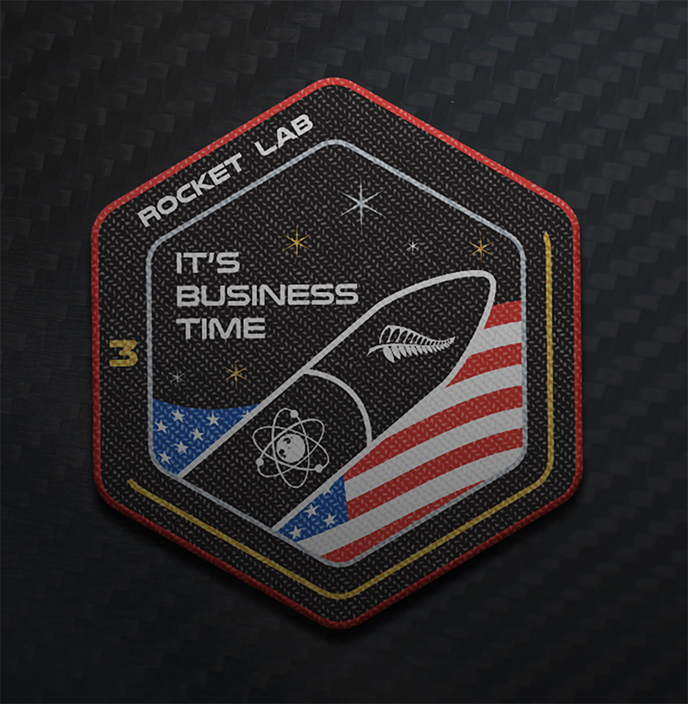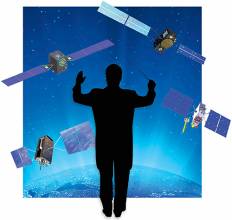Fleet’s two “Proxima” satellites are the first scheduled launch of commercial CubeSats from an Australian company
U.S. orbital launch provider Rocket Lab has signed a contract with fast-growing Internet of Things (IoT) start-up Fleet Space Technologies to launch two satellites that will form the foundation of a global IoT communications constellation. The two Proxima satellites are the first of a fleet of small, low-cost satellites that will provide internet connectivity for millions of sensor devices based in remote locations on Earth.
The satellites have been added to the manifest for Rocket Lab’s upcoming mission, “It’s Business Time”, scheduled for launch on November 11 from Rocket Lab’s Launch Complex-1 on New Zealand’s Māhia Peninsula. The payloads were manifested quickly, with just weeks passing between signing the agreement and the satellites completing integration for launch, according to the companies. This rapid manifesting process is crucial to small satellite customers, offering flexible and frequent launch opportunities.
The Fleet satellites will be launched inside Rocket Lab’s in-house designed and built Maxwell dispenser. They join the current “It’s Business Time” payloads of two Spire Global Lemur-2 satellites, the Irvine CubeSat STEM Program (ICSP) IRVINE01 educational CubeSat, NABEO, a drag sail technology demonstrator designed and built by High Performance Space Structure Systems GmBH and a GeoOptics Inc. satellite, built by Tyvak Nano-Satellite Systems.
The Proxima I and II satellites are a pair of identical 1.5 U CubeSats designed and built by Fleet. The satellites will mark the first commercial tests of Fleet’s software-defined radios, enabling it to transmit data efficiently across both S-band and L-band frequencies in space. The satellites will ultimately help form the beginning of a constellation of more than 100 nanosatellites that, together, will act as a dedicated IoT space network for enterprises across the world.
Rocket Lab Chief Executive, Peter Beck, said Fleet Space Technologies is one of the key leaders in Australia’s emerging commercial space industry. “We’re thrilled to add Fleet’s Proxima satellites to the ‘It’s Business Time’ manifest. Fleet’s planned constellation of more than 100 satellites will enable greater connectivity across the globe and provide better access to data about our planet.”
“We’re proud to offer a rapid and agile approach to launching small satellites – one that sees customers like Fleet join a manifest and be integrated into the Electron vehicle ready for launch in just weeks, not months or years. This approach supports commercial companies and governments alike to rapidly deploy space-based assets and get them operational faster.”
Fleet Space Technologies Chief Executive, Flavia Tata Nardini, who founded Fleet to enable a more efficient world through connectivity, said the rapid manifesting and integration time is a key attraction to Rocket Lab’s Electron launch vehicle.
“We decided to build and launch two more satellites over the past few months and Rocket Lab has moved at the speed of light to incorporate them in this mission, assist us with licensing and complete integration in record time. We will be in space less than few months after making the decision to join the mission. This rapid turnaround time is what the space industry really needs now.
“To see our first commercial CubeSats launched is an incredibly important milestone for us as a business, and it sets us on the path to achieving our goal of connecting Australia, and the world, in ways like never before.”
The Australian Communications and Media Authority has licensed Fleet to perform satellite telemetry, tracking, and command, and payload data reception across S-band and L-band frequencies. The launches of Proxima I and II also allows Fleet to test longwave and shortwave band frequencies.
The Portal enables businesses to connect up to a thousand devices to private, secure Low Power Wide Area Networks anywhere around the world, at a fraction of the cost of traditional satellite systems. Unlike other IoT gateways, the Portal goes beyond simple data collection and uses embedded edge computing-based software to analyze and select key, targeted data for secure transmission over an array of satellite service options, including Fleet’s own satellites. This new approach means the use of IoT in remote industries is now achievable, enabling data-driven decisions that improve productivity and efficiency across a range of industries, including mining, logistics and agriculture.

Fleet’s Ground Station
Earlier this year, Fleet unveiled Mission Control South Australia, the first major project to be unveiled following the establishment of the Australian space agency.
The ground station located at Red Banks Reservoir, Pinkerton Plains complements mission control consoles next to Fleet’s South Australian headquarters in Beverley, in Adelaide’s west, and will track and transmit data from nanosatellites in space.
The project, partly funded by the South Australian Government and matched by Fleet, demonstrates the commitments of both Fleet and South Australia to a future driven by commercial space.
The ground station will operate for 24 hours a day and will allow Fleet to track and receive data from nanosatellites, including its own which are set to launch this year, while in orbit providing space startups across Australia and the world with the ability to monitor their own nanosatellites and payloads at a fraction of the cost of larger operators.
“We’re thrilled to be opening South Australia’s first ground station to service space startups and unleash endless possibilities to track nanosatellites in even the most remote areas of the world” said Flavia Tata Nardini, CEO of Fleet, in a press release on the company’s website. “The ground station will break barriers for space startups locally and abroad, creating opportunities that were previously only available to large organizations. We’re democratizing space and advancing global collaboration!”






